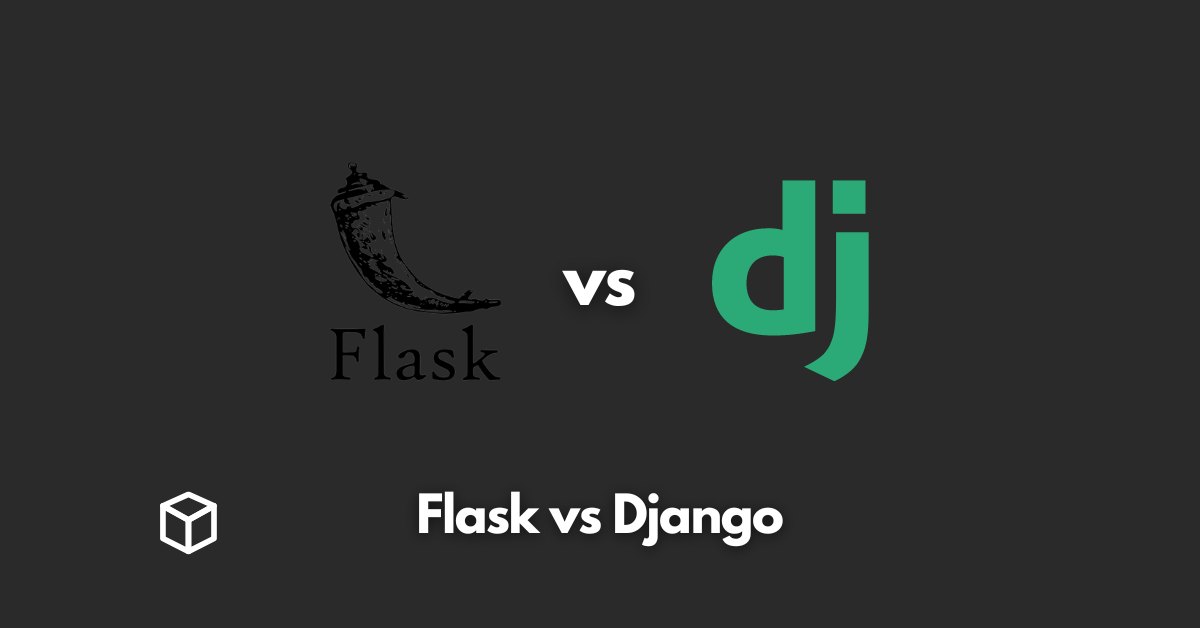Web development frameworks are an essential tool for building modern web applications.
Among the many frameworks available, Flask and Django are two of the most popular choices for developers.
Both frameworks have their own unique features, advantages, and disadvantages.
In this article, we will take a detailed look at Flask and Django and compare them in terms of their features, ease of use, scalability, and performance.
By the end of this post, you will have a better understanding of which framework is best suited for your specific project needs.
A Brief History of Flask
Flask is a micro web framework for Python that was first released in 2010.
It was created by Armin Ronacher as an alternative to the larger, more complex web frameworks like Django.
Flask is known for its lightweight structure, minimalism, and flexibility.
It is designed to be easy to use and requires minimal setup and configuration.
Flask is also easy to extend and customize, making it an ideal choice for small-scale projects or as a starting point for larger projects.
Key Features of Flask
- Lightweight structure: Flask is a micro web framework that is designed to be lightweight and easy to use. It has minimal dependencies and requires minimal setup and configuration.
- Minimalism: Flask is a minimalistic framework that focuses on providing only the essential features needed for web development. This makes it easy to learn and use, and also allows for greater flexibility and customization.
- Flexibility: Flask is highly flexible and can be easily extended and customized to suit your specific project needs. This makes it an ideal choice for small-scale projects or as a starting point for larger projects.
A Brief History of Django
Django is a high-level web framework for Python that was first released in 2005.
It was created by Adrian Holovaty and Simon Willison as a framework for building web applications quickly and efficiently.
Django is known for its batteries-included approach, built-in administration panel, and robust ORM.
It is designed to be easy to use and requires minimal setup and configuration.
Django is also highly scalable and is best suited for larger-scale projects or projects that require more complex functionality.
Key Features of Django
- Batteries-included approach: Django comes with a wide range of built-in features and tools, including an ORM, an admin panel, and support for user authentication and authorization. This makes it easy to get started with web development and saves time and effort in the long run.
- Built-in administration panel: Django comes with a built-in administration panel that allows developers to easily manage the backend of their web applications. This is a great feature for building web applications quickly and efficiently.
- Robust ORM: Django comes with a robust ORM that allows developers to easily interact with databases and perform CRUD operations. This is a great feature for building web applications quickly and efficiently.
Comparison of Flask and Django
When comparing Flask and Django, it’s important to consider the features, ease of use, scalability, and performance of each framework.
Features:
Flask is a micro web framework that is designed to be lightweight and easy to use.
It has minimal dependencies and requires minimal setup and configuration.
Django is a high-level web framework that comes with a wide range of built-in features and tools, including an ORM, an admin panel, and support for user authentication and authorization.
Ease of use:
Flask is a minimalistic framework that focuses on providing only the essential features needed for web development.
It makes it easy to learn and use, and also allows for greater flexibility and customization.
Django is also easy to use and comes with a wide range of built-in features and tools, which makes it easy to get started with web development and saves time and effort in the long run.
Scalability:
Flask is highly flexible and can be easily extended and customized to suit your specific project needs.
It makes it an ideal choice for small-scale projects or as a starting point for big projects.
Django is also highly scalable and is perfect for larger-scale projects or projects that require more complex functionality.
Performance:
Flask’s lightweight structure and minimalism make it a fast and efficient framework for small-scale projects.
However, as the complexity of a project increases, the performance may start to suffer.
On the other hand, Django’s batteries-included approach and built-in features make it a more efficient and performant framework for larger-scale projects.
Examples of Real-World Projects That Use Flask and Django
- Flask: Flask is used by many popular websites, such as Pinterest, LinkedIn, and the Pallets Project.
- Django: Django is used by many popular websites, such as Instagram, Spotify, and the Washington Post.
Conclusion
In conclusion, Flask and Django are both popular and powerful web development frameworks.
Flask is a lightweight, minimalistic framework that is perfect for small-scale projects or as a starting point for larger projects.
Django is a high-level web framework that comes with a wide range of built-in features and tools and is best suited for larger-scale projects or projects that require more complex functionality.
Ultimately, the choice between Flask and Django will depend on the specific needs of your project.
We recommend experimenting with both frameworks and making a decision based on your own experience.




